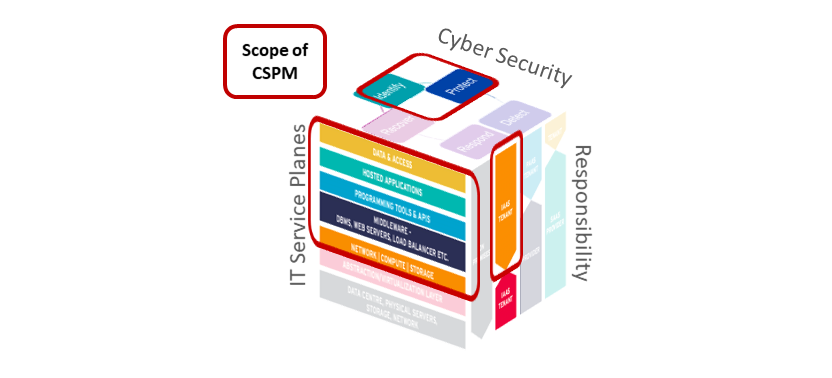Many security product vendors are now offering CSPM (Cloud Security Posture Management) as part of their portfolio -- so what is CSPM and why might you need it?

In their race towards digital transformation, organizations are using cloud services to accelerate the development of new apps and improve efficiency. This provides many important business benefits but also increases the challenges of ensuring cyber-security and regulatory compliance. CSPM solutions are intended to provide a way to identify and control some of these risks.
The initial concerns over organizational use of cloud services stemmed from the use by employees of publicly available SaaS services with which they were familiar to “get the job done”. Typically, this would be to bypass organizational security controls that were perceived as obstructive or to get access to functionality lacking in organizational systems. However, this was often done without consideration of the wider risks involved. These risks include for example, the use of untrustworthy services which could expose sensitive and regulated data to leakage as well as to infection by malware. CASB solutions were developed to plug this gap. However, while CASB helps to control the use of SaaS they do not adequately cover the secure configuration of IaaS / PaaS used for DevOps.
Cloud Security Posture Management
Within organizations, the GRC (Governance, Risk and Compliance) function sets the risk posture and IT Security translates this into concrete controls around the services. When IT services are delivered on-premises the responsibility for this is clear and lies within the IT organization. When IT services are delivered through the cloud the responsibility for security and compliance is shared between the cloud customer and the cloud service provider and this can lead to gaps in the customer’s controls. CSPM tools are intended to help customers to identify and plug the gaps in the customer’s controls.
As organizations go through digital transformation, they are adopting DevOps using IaaS / PaaS cloud services to create new applications and to modernize their existing ones. This avoids the need for capital expenditure as well as the lengthy procurement delays involved when new hardware is needed. In addition, some organizations are now using cloud services to back up their business-critical data. This increases the need to ensure that DevOps use of cloud services takes care of security and compliance.

While the major cloud service providers go to great lengths to secure the infrastructure of their environments it is up to the customer to secure their use of these services. This is often outside the skills of DevOps teams or is overlooked and this can lead to the existence of critical vulnerabilities that can be exploited by cyber-adversaries.
The hyper-scale CSPs such as AWS and Azure provide easy access to the capabilities needed by development teams to accelerate the creation of critical new business applications. For example, the recently announced Azure Arc and AWS Control Tower. However, these have typically only applied to the vendor’s own cloud services. CSPM tools claim to provide a single point from which to manage these risks across multiple clouds.
These vulnerabilities often include:
CSPM Key Capabilities
CSPM solutions should support the capabilities needed to address these challenges in a consistent way across multiple cloud services. The key focus is on identifying and protecting the in-cloud components of services delivered through IaaS / PaaS by mapping the in-cloud controls to required policies. Where there are deviations alert and remediate. Note CSPM does not in general implement the controls but rather they provide a consistent way to exploit the functionality provided by the cloud services.
Key capabilities include:
Digital transformation is driving the use of cloud services and DevOps is the engine that enables business growth. Risk and compliance management see the use of cloud services and rapid development as factors that increase the risks of compliance failure and business risks following cyber-attacks. CSPM tools help organizations to ensure the secure and compliant use of IaaS clouds for their digital transformation.
Mike Small is a senior analyst at Kuppingercole. Read more Kuppingercole blogs here.




